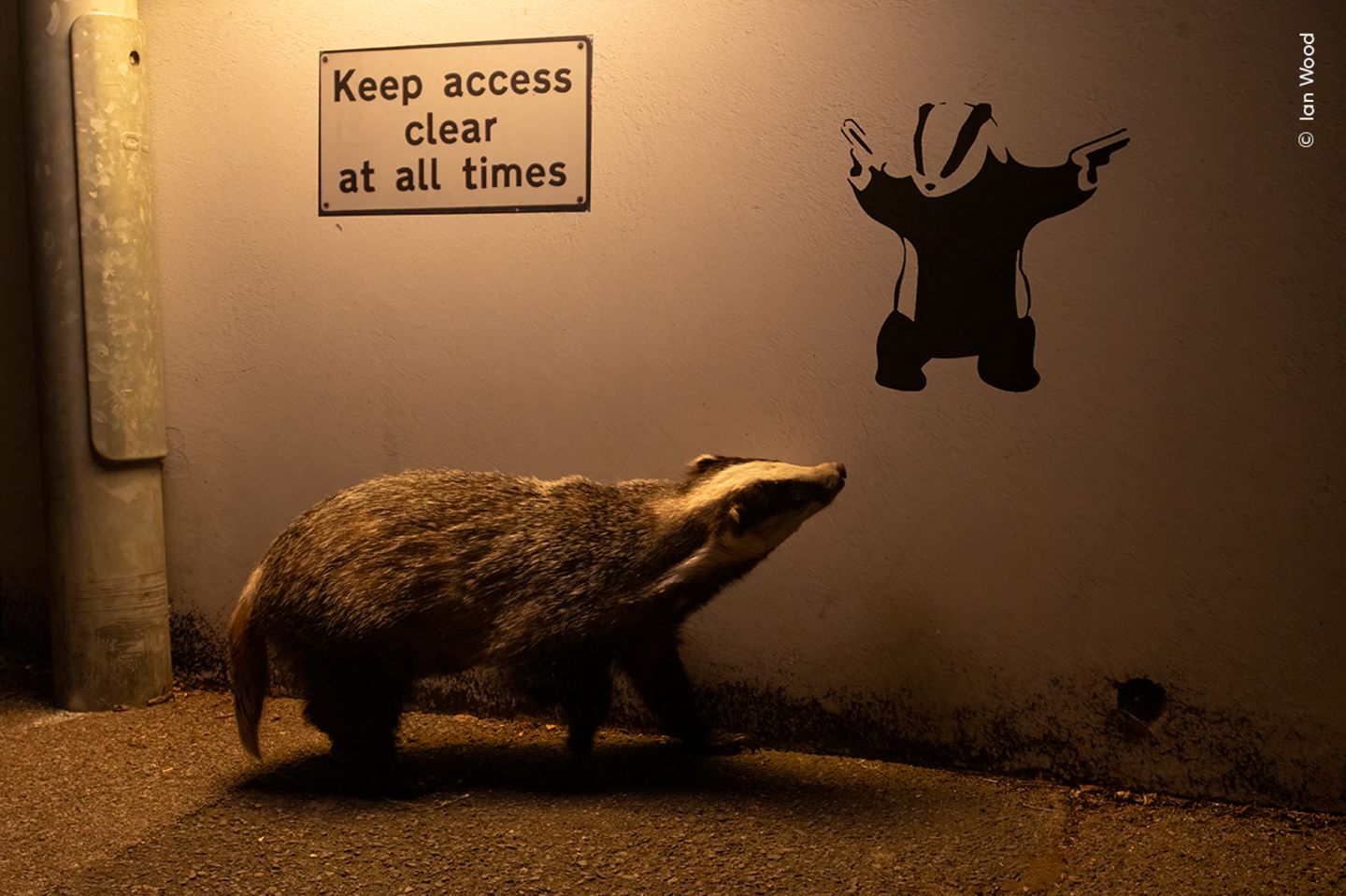Capturing Wildlife: The Comprehensive Manual to Choosing The Best Camera
In the realm of animal photography, a suitable camera can make all the difference between not getting the shot and taking a stunning image. Whether you are an experienced wildlife photographer or new to the field, choosing the best camera for photographing animals is essential to your success. Considering the many options out there, each boasting unique features, it can be daunting to determine which one aligns with your needs and style.
In this guide, we will explore important aspects to consider when selecting a camera for wildlife photography. From knowing about sensor sizes and autofocus technologies to the value of lens compatibility, we will equip you with the information needed to make an intelligent decision. Follow camtura.com as we investigate the essentials to help you snap those stunning moments in the wild.
Key Photography Features for Nature Photography
When select a device for nature shooting, the initial crucial feature to consider is the focusing mechanism. A fast and accurate autofocus system is crucial for capturing swift wildlife in their habitat. Look for cameras with a large number of focusing zones and advanced tracking features to keep your subject in view even when they shift erratically. This feature can greatly affect the standard of your shots when capturing shy or mobile animals.
Another critical element is the sensor dimension. Cameras with bigger sensors, such as 35mm or crop sensor sensors, typically provide better photo clarity, particularly in low light situations. This is especially beneficial for nature shooting, as many species are most vibrant during sunrise and dusk when lighting can be difficult. Larger sensor systems capture more illumination and detail, allowing for higher sensitivity levels without introducing excessive grain, which is crucial for clear and sharp shots.
In addition, consider the camera's continuous capture rate and storage capacity. Wildlife often presents fleeting opportunities that require quick responses. A camera that can capture at rapid FPS will enhance your chances of capturing that ideal shot. Look for models that also offer a sufficient buffer capacity so you can continue capturing without missing moments while the camera processes the images. This combination of velocity and capability will significantly aid in your wildlife photography endeavors.
Selecting the Right Optics
Regarding animal photography, choosing the appropriate lens is essential for taking amazing photos. Telephoto lenses are commonly the choice selection for wildlife photographers due to their ability to draw distant subjects in while ensuring a sharp focus. Lenses with a zoom range of three hundred millimeters or more deliver the necessary capacity to photograph animals without alarming their innate behavior. This is particularly important when interacting with skittish or shy wildlife.
Moreover, the highest aperture of your lens affects your ability to shoot in different lighting conditions. A lens with a bigger aperture, such as f/4, lets more light to enter, allowing you to take images in low-light situations. This is particularly beneficial during morning mornings or evening hours, when wildlife is most on the move. A fast lens also gives for greater control over depth of field, allowing you to distinguish your subject from the background for a more striking image.
Finally, consider the weight and size of the lens, as you may need to bear it for extended periods while hiking or standing for the perfect shot. A heavier lens can lead to fatigue and reduced stability, which can adversely affect your images. Therefore, weigh the need for reach and aperture with the feasibility of carrying your equipment. Committing in quality glass, even if it is a bit bulkier, can produce enhanced results and increased rewarding wildlife photography journeys.
Suggestions for Shooting Breathtaking Wildlife Shots
To achieve amazing animal photography, understanding light settings is important. Early morning and late afternoon, commonly known as the golden hour, provide the optimal lighting for photography. The soft, warm light enhances colors and reduces harsh shadows, allowing for superior details in your subjects. If you find yourself shooting during midday, seek out shaded areas to help mitigate the harsh light and avoid blown-out images.
Being patient is critical in wildlife photography. Wildlife can be erratic, and it often takes a while to get the right shot. Spend time observing their behavior and movements, and be prepared to snap the photo when the moment is perfect. Use this time to refine your camera settings and frame the shot. Remember to remain as still and motionless as possible to avoid disturbing the wildlife.

In conclusion, concentrate on the eyes of the animal. Clear, distinct eyes can significantly affect an image, drawing viewers into the photograph. Use a quick shutter speed to capture any movement, and if possible, use a telephoto lens to get close-up shots while maintaining a comfortable distance. Try with different angles and perspectives to add depth and interest to your animal photography.